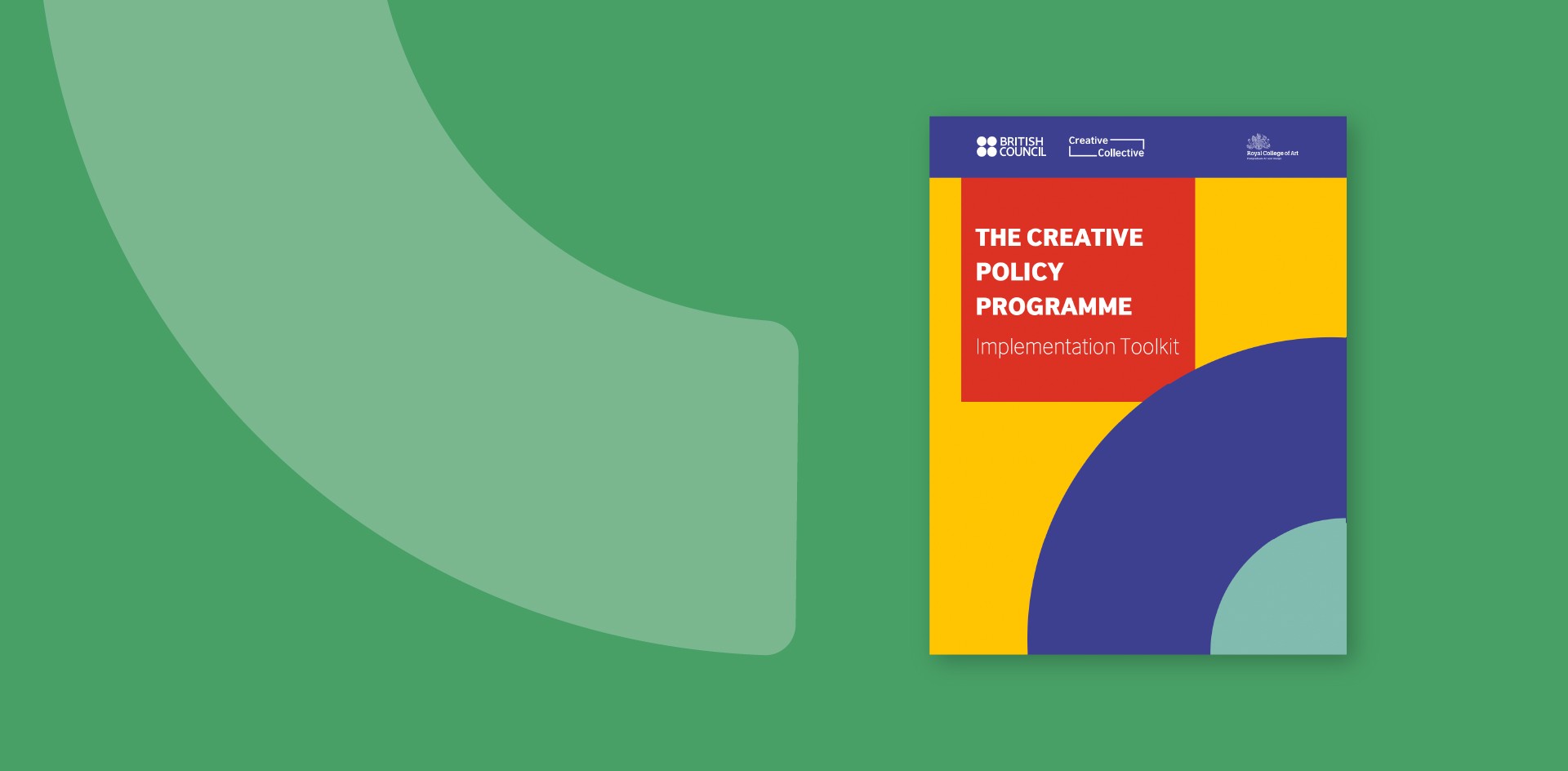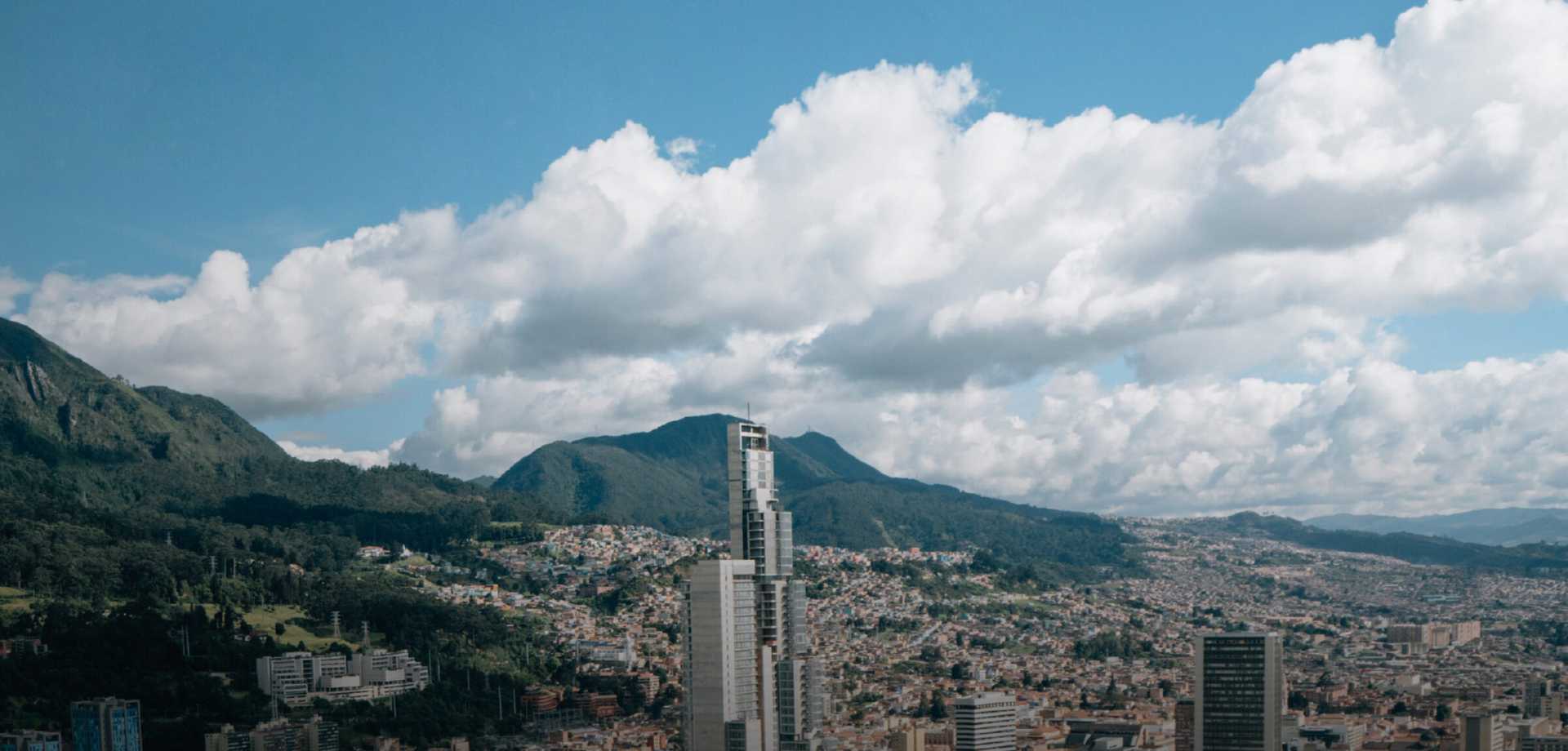By Ideas Unit Team
The Creative Policy Programme is a British Council programme that seeks to train public managers and servers with user-based design tools, in order to formulate better programmes, policies, and experiences in Mexico’s public and cultural sector.
With a focus on incentivising public innovation, this programme not only intends to help improve the comprehension of a creative economy and its methods, but also to go even further, shaping and developing skills in participants so that they may design their own services, programmes, and/or policies.
This is for each person to be able to think and detect, in his or her context, what proposals are necessary and attractive to the public they serve.
The first edition of the Creative Policy Programme was designed by a team led by Nicolás Rebolledo, a partner at Unit, in the context of his work at the Royal College of Art and in collaboration with the team from the British Council Mexico. The programme was put into practice in July of 2019 with members of the Subsecretariat of Cultural Development at the Mexican Ministry of Culture.
Conceived as an intensive programme, the Creative Policy Programme combines theory and practise through a series of master classes, workshops, and discussions. With this, it seeks to achieve three main objectives: analyse the public argument in favour of the creative economy; to promote design and innovation skills amongst public administration employees; and to connect and mobilise peers within the sector.
To carry out this practical experience, the programme was organised into six modules that gave way to this toolkit, each with its key processes and productions:
- Choose a Public Challenge: This is the first step and it consists in exploring and choosing a challenge that is worth addressing throughout the entire programme. It must be pertinent to the public institution’s mandate and/or related to the participants’ everyday activities.
- Introduction: Taking up the challenge defined in the previous module, the participants are introduced to basic design capabilities regarding innovation in the public sector. Lectures and pre-reading are used to explain basic theoretical positions, and a range of international experiences are presented to illustrate the role of creative economy and the role that design can play in innovation within this field.
- Exploring the Problem: After the theoretical introduction, the participants dive into the practical dimensions of creative policy design. In this instance, the aim is to open the public challenge and reassess its objectives with a people-centred perspective, attempting to identify a key objective.
- Designing a Proposal: Once the problem has been outlined, the team begins to create and develop an intervention. This may have the form of a new policy, programme, or service, taking the key users and interested parties into account. Prototypes are created and later discussed with the rest of the programme’s participants.
- Presentations: Every group creates a presentation of their process, where they can share ideas, lessons, and reflections on the work done. In addition to this, a plan of action is proposed in order to apply what has been learned to everyday activities.
- Evaluation: The team of experts interviews the participants and carries out a brief survey to assess the programme’s impact.
With the application of this model, participants not only acquire new knowledge, but also an attitude of innovation and creative skills that are applicable to everyday business in the public sector.
“What’s interesting is that after this experience, this same methodology –which combines service design for public innovation with a focus on creative economies–, has been useful for developing certain programmes at Unit that we have implemented at other instances with similar characteristics. This has allowed us to test this model in diverse contexts, such as in the State of Puebla in 2020 and in Kuwait in 2021”, says Nicolás Rebolledo, partner and Director of Strategy and Design at Unit.
Furthermore, Rebolledo adds that this program synthesises Unit’s current work with regards to public innovation in governments, with a focus on creative economies. “Today, our agenda has expanded to Mexico and we are working together with the IDB on the development of a creative economies strategy for economic recovery in four of this country’s states.”
Review the entire model at: https://www.britishcouncil.org.mx/sites/default/files/cpp-toolkit.pdf



